

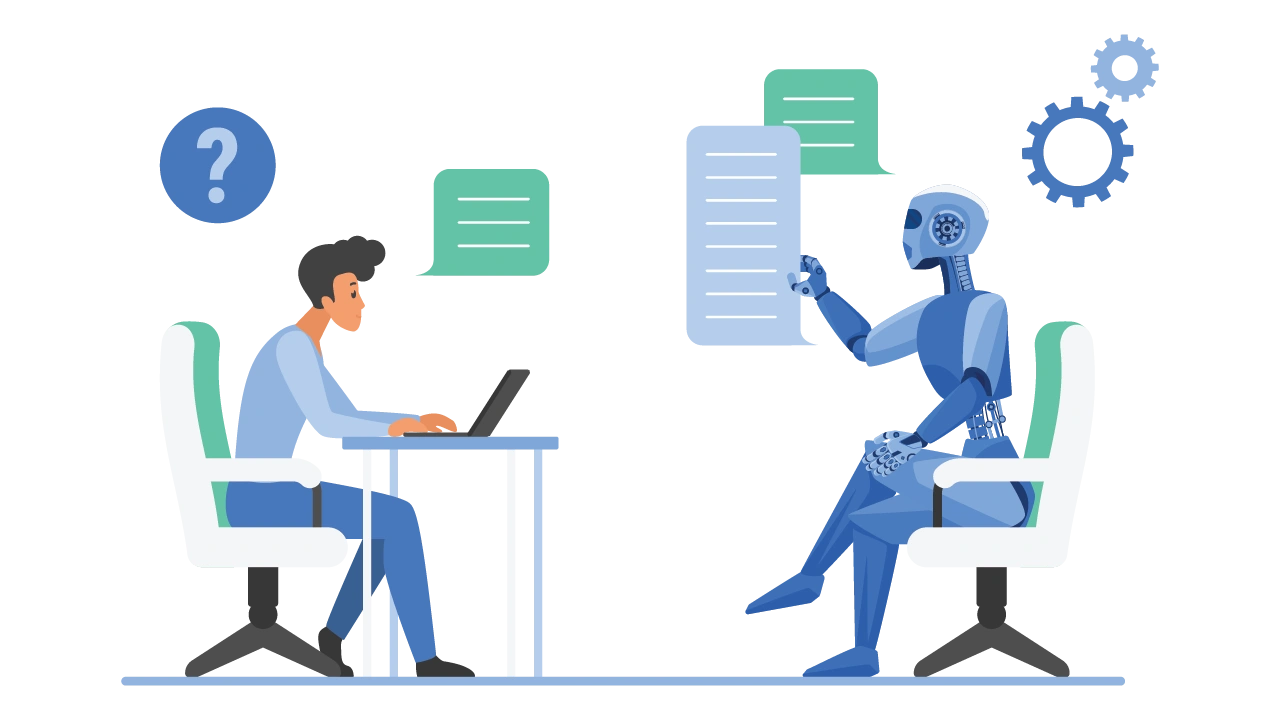
We hear about AI everywhere – from headlines about job losses to promises of supercharged productivity. But what does it actually mean for your business, especially if you’re an SME leader trying to balance costs, people, and growth targets?
For small and mid-sized companies, AI in HR isn’t about flashy robots or expensive automation. It’s about using practical, data-informed tools to support your HR team in hiring better people, retaining them longer, and ensuring your workforce remains motivated and engaged – without burning out your managers or HR executives.
This article cuts through the noise to give you a straightforward view: where AI truly fits in your talent strategy, what results it can bring, and how to use it ethically and effectively.
Traditional HR often works in reaction mode. Someone resigns – you scramble to hire. An engagement survey flags problems – you design interventions. Appraisals arrive – you discuss development goals.
Using AI-inspired tools can shift this approach towards being proactive:
Imagine knowing that a high performer is feeling disengaged weeks before they put in their notice, or realising that a department’s morale is dropping before conflicts spill over. That’s the practical promise of these tools for SMEs.
The talent market is changing fast. Younger employees expect personalised development, hybrid work models demand better digital processes, and traditional recruitment struggles to keep up with skill shortages.
In 2024, India’s HR technology sector grew significantly, driven by SMEs adopting simple tools to improve:
These aren’t vague promises. They reflect measurable business impact – faster project ramp-ups, lower recruitment costs, and improved employee loyalty
Often, unconscious biases creep into hiring decisions – based on names, colleges, career breaks, or unexplained gaps. Digital screening platforms can anonymise candidate data and prioritise applicants based on skill fit rather than personal details. This results in fairer hiring practices and improved diversity.
In 2024, a Bengaluru-based startup used blind screening tools for tech hiring. Within four months, they saw a 20% increase in women shortlisted for coding roles, a goal they had struggled to achieve through traditional hiring methods.
AI-enabled sourcing tools can scan online profiles, databases, and professional communities to suggest candidates who may not apply directly but fit the role well. For SMEs with limited recruiter bandwidth, this expands reach without needing to double team size.
By analysing data from simple engagement surveys, attendance patterns, and performance inputs, predictive tools can highlight which employees might be at risk of leaving. This gives managers a chance to act early – through development conversations, growth opportunities, or even small changes in workload distribution.
One logistics company used such insights to identify disengagement among warehouse supervisors, redesigned their schedules, and introduced upskilling programmes. Within six months,attrition in that group dropped by nearly 18%.
AI-inspired learning platforms recommend development pathways aligned to an employee’s skills and career goals, motivating them to grow within your company rather than seek external opportunities.
Onboarding is a critical yet repetitive process. AI chatbots or onboarding assistants can answer FAQs about policies, IT setup, and workflows, ensuring new hires get consistent information without overloading your HR team.
For example, a mid-sized FMCG firm implemented an onboarding chatbot that resolved 70% of HR- related queries within the first month. HR then focused on cultural immersion and team-building.
AI-curated learning modules can customise training content based on role requirements and the new hire’s prior experience, helping them become productive faster.
Instead of relying solely on annual appraisals, performance management tools now provide ongoing feedback mechanisms, goal tracking, and even coaching nudges for managers. These aren’t about replacing human judgment but supporting managers to make better, timely decisions.
Sentiment analysis tools can assess overall team morale by analysing engagement survey responses and feedback comments, helping leadership act before small problems snowball into resignations or conflicts.
Digital compensation benchmarking tools analyse current market data to help you ensure your pay is competitive for retaining talent while staying within budgets. They also highlight internal pay gaps, supporting transparent and fair compensation decisions.
Trying to transform everything at once can overwhelm teams and budgets. Begin by identifying a single high-impact area - perhaps high attrition in sales, or long hiring turnaround for tech roles – and pilot a solution there.
While large companies may build proprietary AI solutions, SMEs benefit from plug-and-play SaaS tools with minimal setup and pay-as-you-go models. Evaluate vendors for support quality, ease of integration, and data security standards.
With great data comes great responsibility. Ensure employee consent is clear, data storage is compliant with regulations like India’s DPDPA 2023, and that AI recommendations are checked regularly for bias or unfairness.
At Talent Synergy Solutions, we believe technology should empower HR, not replace it. Our approach combines:
The result is an HR function that operates efficiently while staying human-centric.
To ensure your efforts deliver tangible returns, track:
A 500-employee services company faced rising turnover in its sales team. By implementing predictive attrition analytics, they identified underlying causes such as lack of development opportunities and unclear career progression. Over nine months, with targeted upskilling and manager coaching initiatives, they achieved:
Not necessarily. Many modern tools come with built-in models and external datasets. However, over time, integrating your organisational data enhances personalisation and accuracy.
No. They automate repetitive tasks and provide insights, but empathy, mentorship, and strategic decisions remain deeply human responsibilities. Think of these tools as assistants rather than replacements.
1.Data privacy breaches if security isn’t prioritised 2.Bias in algorithms if tools are not audited regularly 3.Resistance to adoption if employees fear monitoring or don’t understand the benefits
Clear communication, ethical policies, and transparency mitigate these concerns effectively.
AI in HR for SMEs isn’t about flashy technology. It’s about practical, people-first solutions that make HR teams more effective, improve employee experience, and create workplaces where talent chooses to stay and grow.
As the landscape changes rapidly, the companies that blend human understanding with intelligent tools will build cultures that thrive in the coming decade.
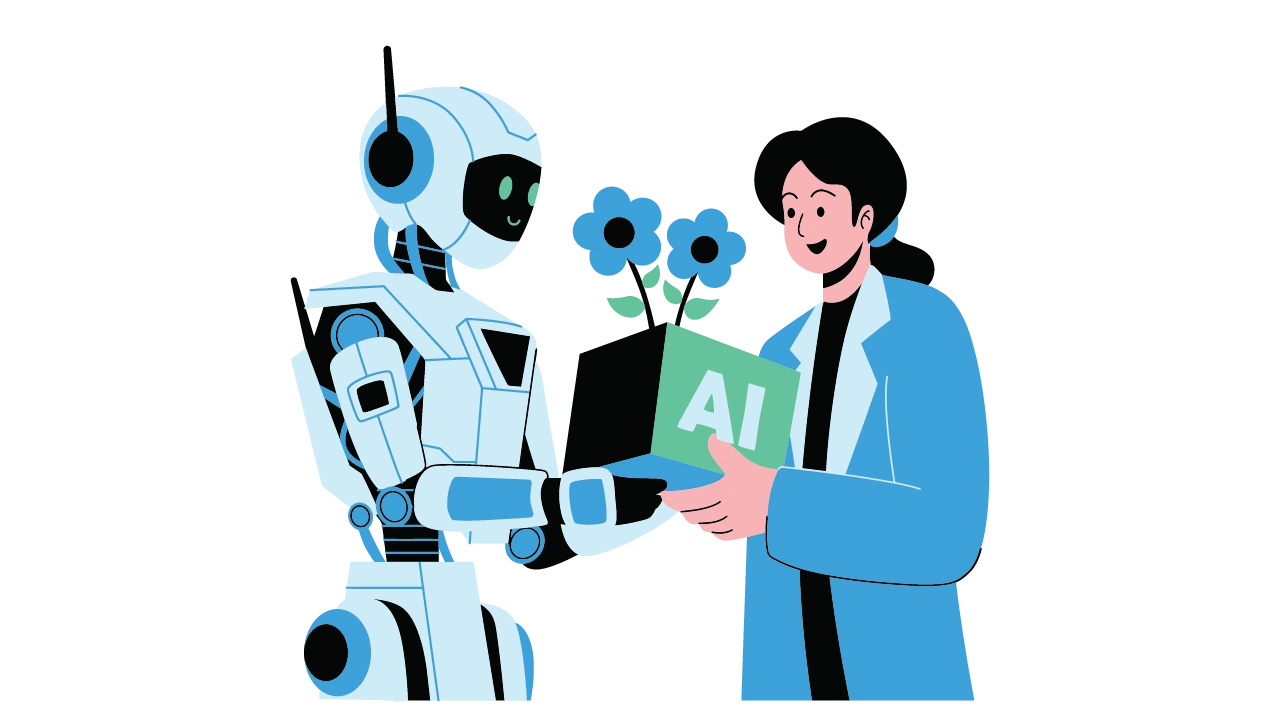
In today’s rapidly evolving work landscape, the arrival of Agentic AI in the workplace is shifting the way teams function, decisions are made, and work is delivered.
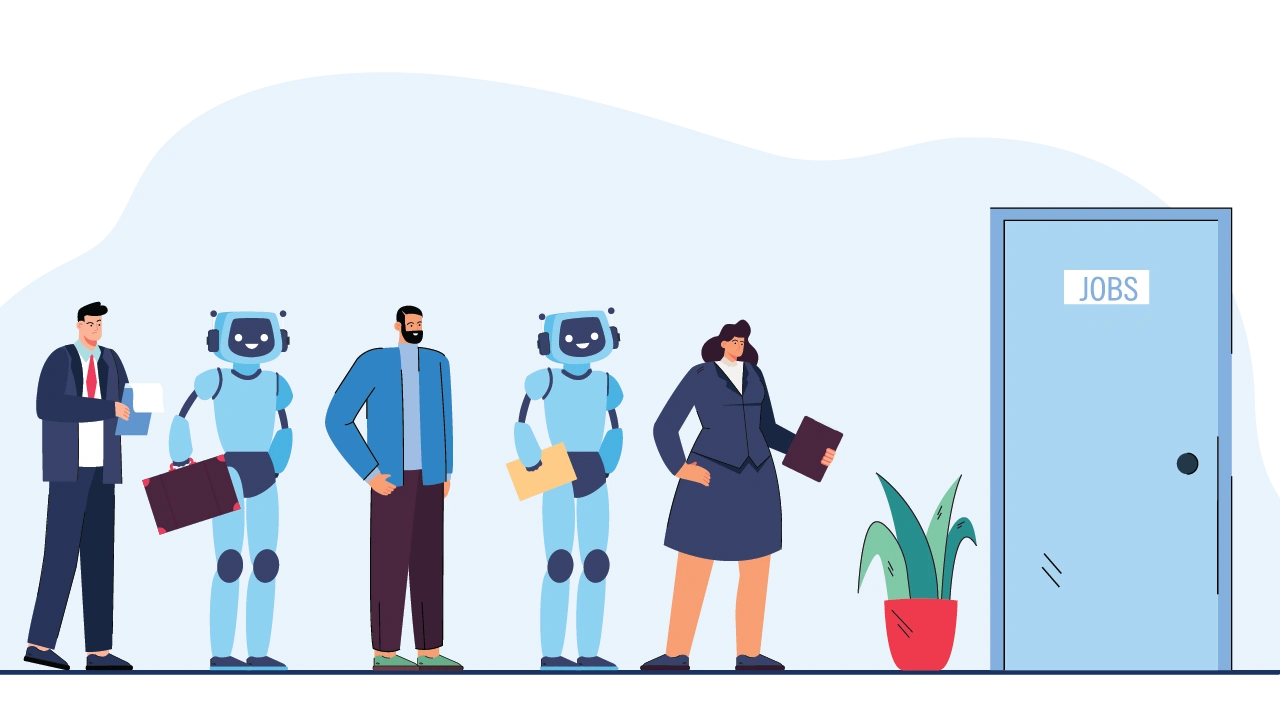
As artificial intelligence continues to reshape the workplace, a new frontier is emerging-one where human workers and AI agents collaborate in increasingly...
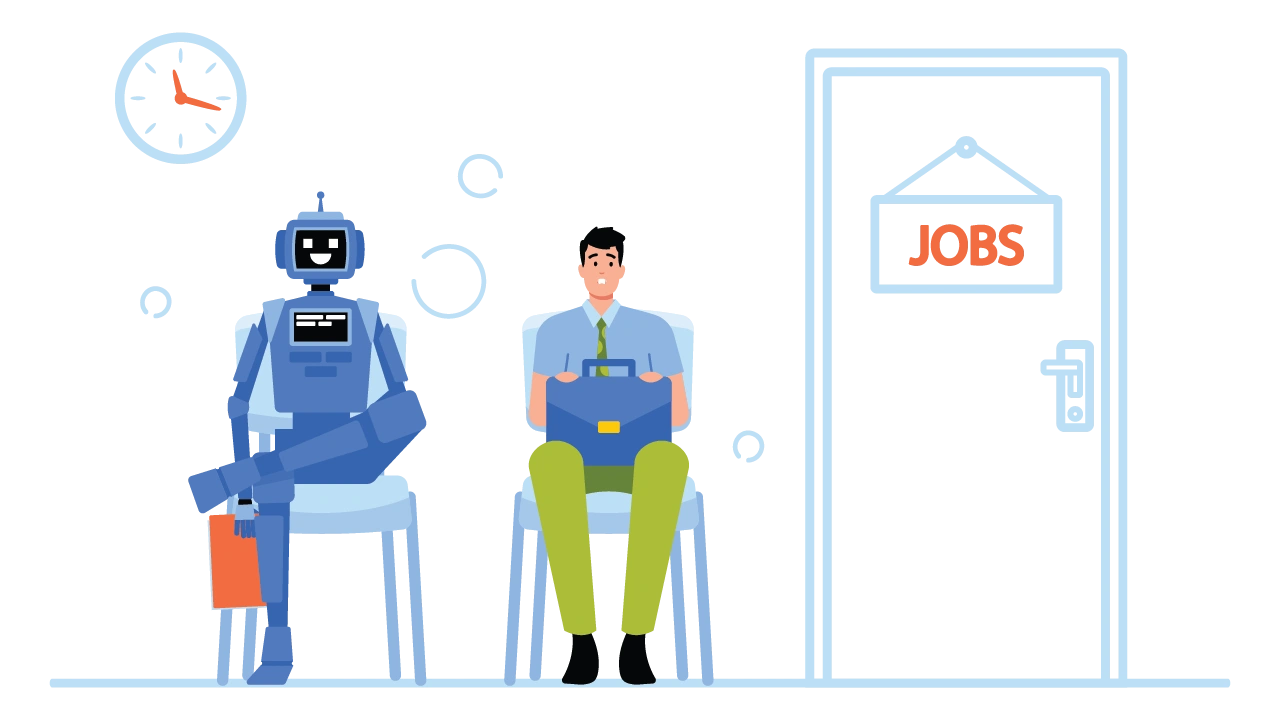
The “Future of Work” is no longer a distant vision—it’s today’s reality. In 2025, global organizations are navigating a landscape transformed by generative AI...
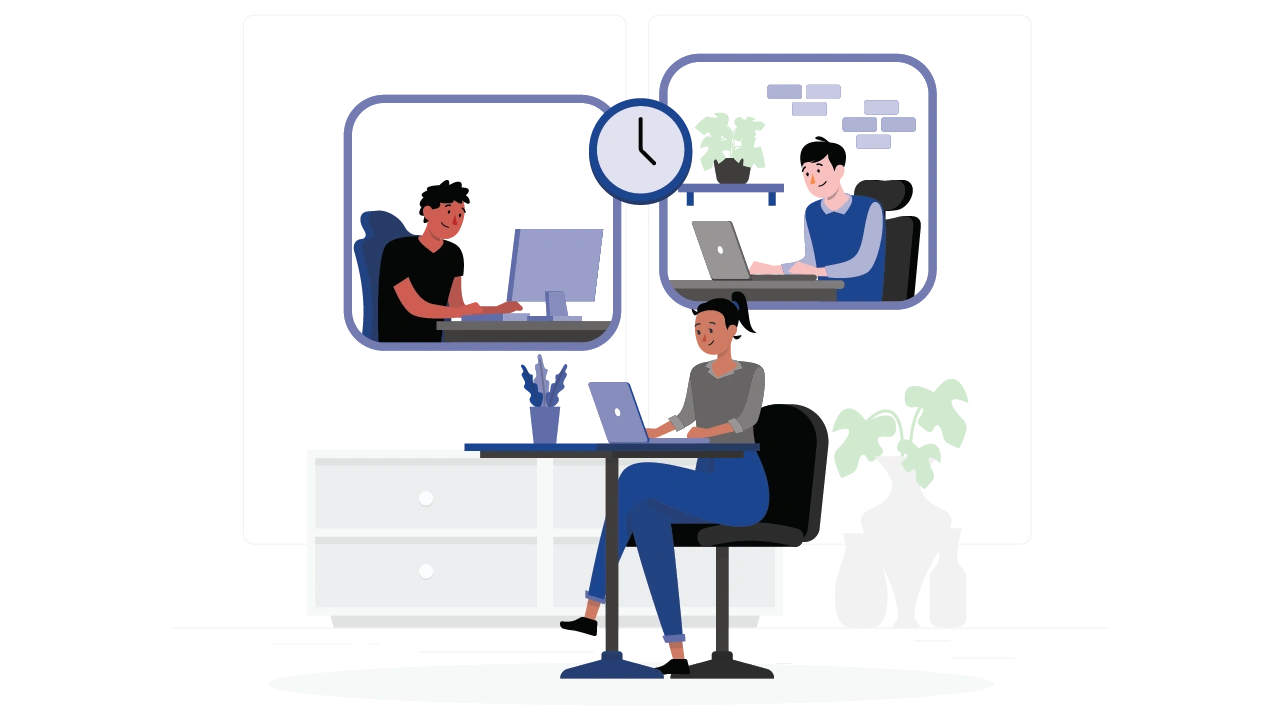
In a world where distributed teams are the norm rather than the exception, the role of culture is under the microscope like never before...

We hear about AI everywhere - from headlines about job losses to promises of supercharged productivity...
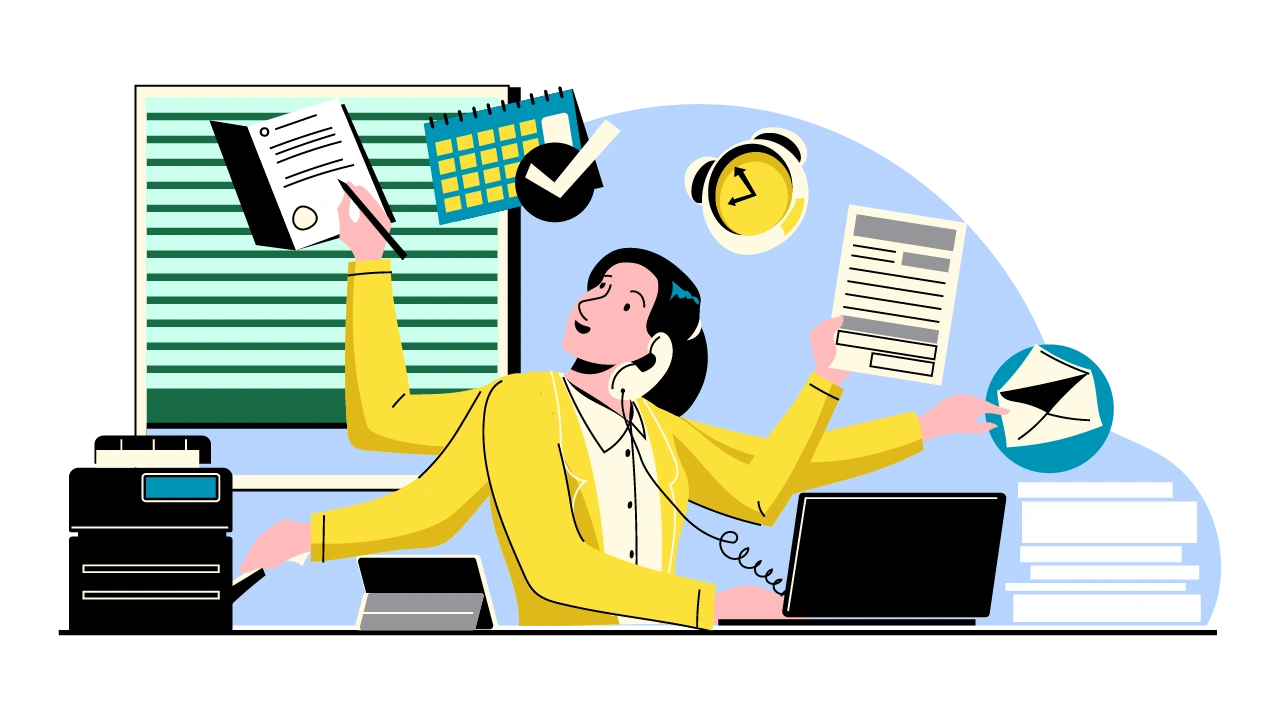
In today's dynamic and often unpredictable business landscape, growth is the ultimate aspiration for small and mid-sized enterprises (SMEs)...